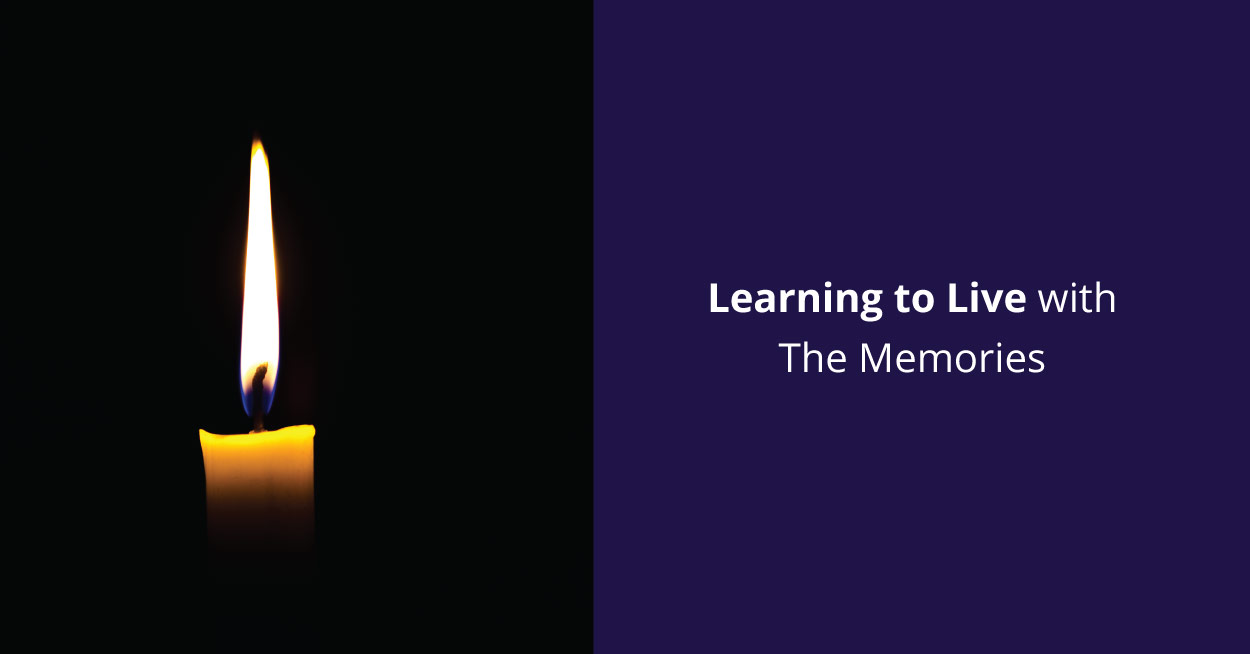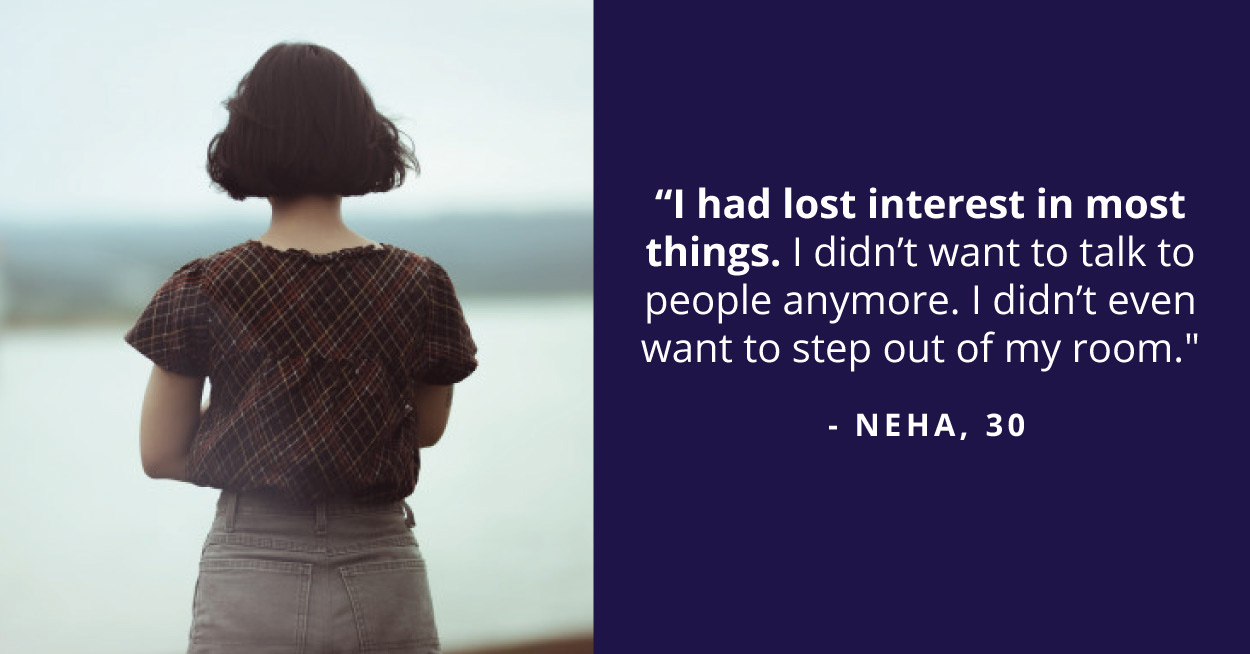“Did someone just mention snake?” Your heart starts beating really fast; you can’t even breath; you succumb to the overwhelming fear; You feel like time has stopped around You. Then you have Ophidiophobia.
You are too obsessed with mobile phone that you fear running out of the battery or losing the network. Then you have Nomophobia (recently discovered phobia in UK)
Phobias are defined as irrational fear of something. However there is a huge difference between fear and phobia. Spot a spider in your room and you are frightened; that’s fear but if just the thought of a spider in our vicinity or even a picture of a spider scares you enough to get all sweat then it is a phobia.
 |
| Source: www.giphy.com |
Phobia are of two types mainly: Specific Phobias ( related to a specific object or situation), Non-Specific Phobias (related to the social encounters or performance situations). The question remains how do we develop such irrational fear in the first place?
Human mind consists of two parts: Conscious mind and Unconscious mind. Conscious mind is responsible for all the rational behaviour or actions; while unconscious is responsible for emotional behaviour.
When someone asks you one plus one the answer is processed in our conscious mind. Basically whenever you do something with an intention it is controlled by our conscious mind. Conscious mind defines our logic and reasoning skills.
When you spot a stray dog running towards you; you don’t waste a moment in thinking whether or not the dog is coming to bite you. You just RUN! This survival instinct is the boon of our active unconscious mind.
 |
| Source: www.cercainsubria.com |
Corresponding to the two parts memory systems is also categorised in two parts: Amygdala and Hippocampus. Latter is about storing facts or details while Amygdala is commonly known as the emotional storehouse.
Any highly traumatic event is stored in Amygdala as a threatening memory. There is no chance for the rational mind to process it and save it as an ordinary, non-threatening memory in hippocampus. Unconscious mind stores the pattern because it considers it a threat to one’s life. Consider an example; Suppose one has seen a tiger attacking one’s close one, that memory is stored in one’s unconscious mind hence later in one’s life on spotting anything orange and black moving behind the bushes one considers it a threat to one’s self and doesn’t wait to get a clear picture of the tiger.
However, sometimes this pattern match process is stored in a very sloppy way. Instead of developing a fear of the animal (or anything that proved to be a threat to one’s life) one develops a fear of an object that was present at the scene.
 |
| Source: www.maggieameanderings.com |
This is the basis of a phobia: a fear response attached to something that was present in the original trauma. The response is terror, shaking, sweating, heart pounding etc. And because of the sloppy pattern-matching it can be stuck to literally anything – animal, mineral or vegetable. It may not even be glued to the thing that caused the trauma.
Thus it can be concluded that human mind indeed works in a mysterious way.



